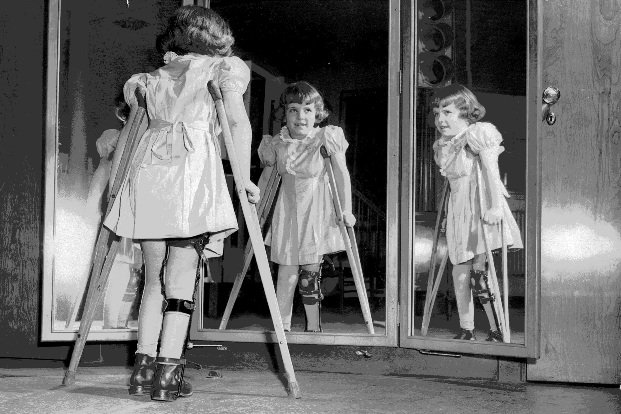Polio and Symptoms of polio
Apr 19, 2022
What is polio?
Poliomyelitis or Polio is a very contagious disease lead by a virus which attacks our nervous system. Children below the age of 5 years are very likely to contract this virus as compared to other age groups. 1 in 200 polio infections results in permanent paralysis. The polio vaccine was developed in 1953 and was made available in 1957. Americas, Western, Pacific, Europe, and South East Asia are certified polio-free regions.
Less than 1 % of all the polio cases result in permanent paralysis. In 5 to 10% of polio paralysis cases, virus attacks the muscles which help us breathe & cause death.

Symptoms of Polio
As per estimates 95 – 99 % people that contract poliovirus is found to be asymptomatic. This is referred to as subclinical polio. Even with no symptoms, individuals infected with the poliovirus can spread it can cause infection to others.
Non-Paralytic Polio
Symptoms of non-Paralytic Polio can last from 1 – 10 days. They can be flu-like & can comprise of fever, sore throat, vomiting, headache, meningitis, and fatigue.
Paralytic polio
Around 1% of the polio cases can grow into paralytic polio. Paralytic polio results in paralysis of spinal cord, brainstem or both.
Initial signs and symptoms are similar to non-Paralytic Polio. However, after 7 days, more severe signs appear. The symptoms comprise of loss of reflexes, severe muscle pain &spasms, loose & floppy limbs, sudden paralysis (temporary or permanent), deformed limbs (especially the hips, feet, and ankles)
Post-polio syndrome
It is possible for polio to revert even when we have recovered. This can happen after 15 – 50 years. Common symptoms of PPS or post-polio syndrome are-
- Continued joint and muscle weakness
- Muscle pain getting worse
- Getting easily exhausted
- Muscle wasting
- Trouble swallowing and breathing
- Sleep apnea
- Low tolerance of cold temperature
- Depression
- New onset of weakness in earlier uninvolved muscles
- Trouble with memory and concentration
We should consult a doctor if we have these symptoms. It is also estimated that 25% – 50% people that survived polio would get PPS.







